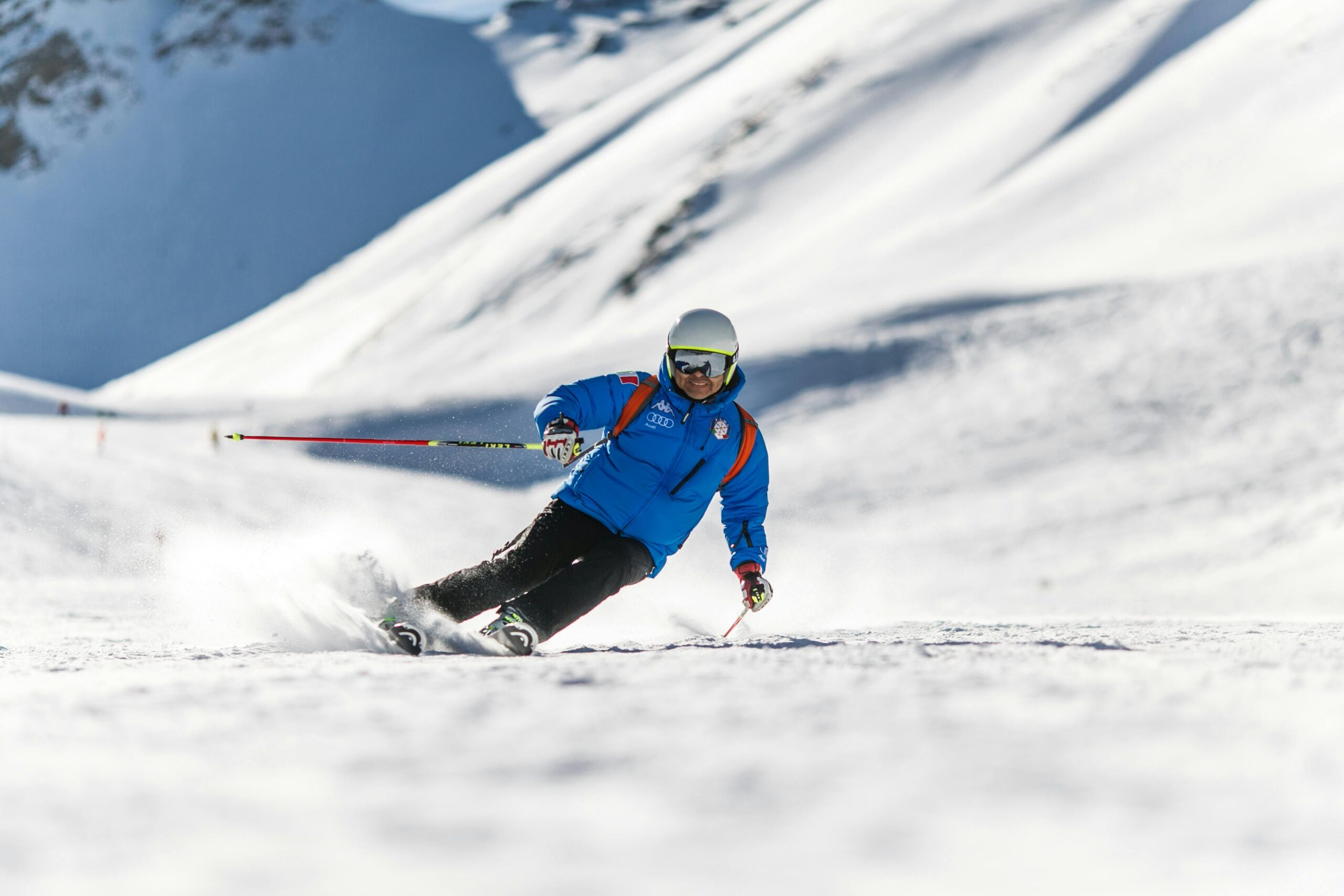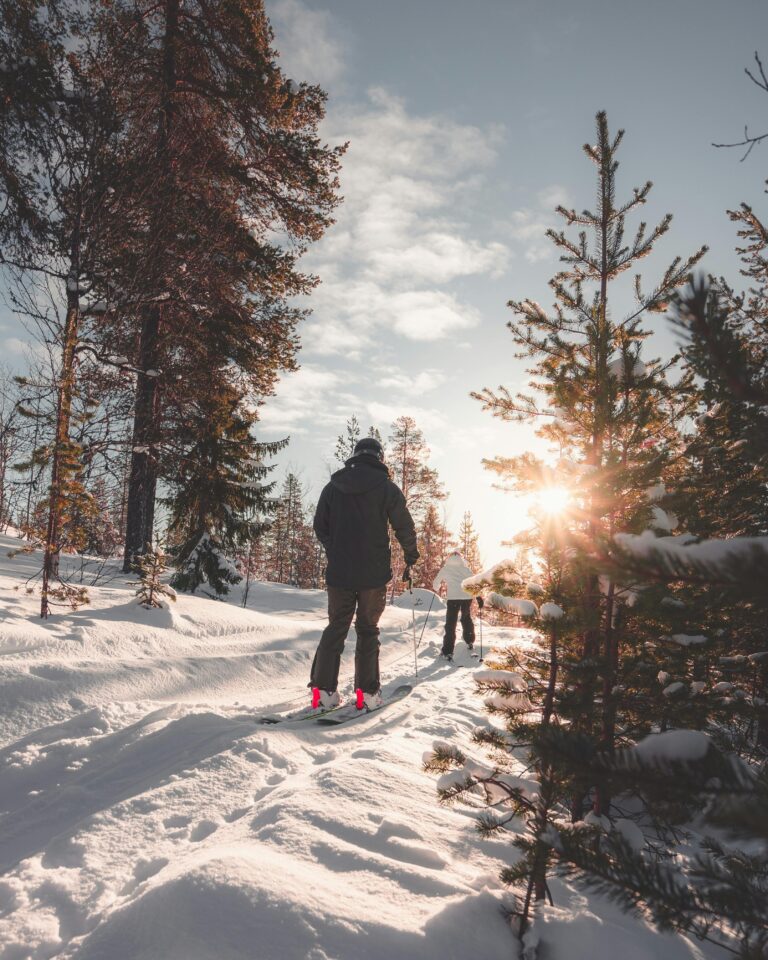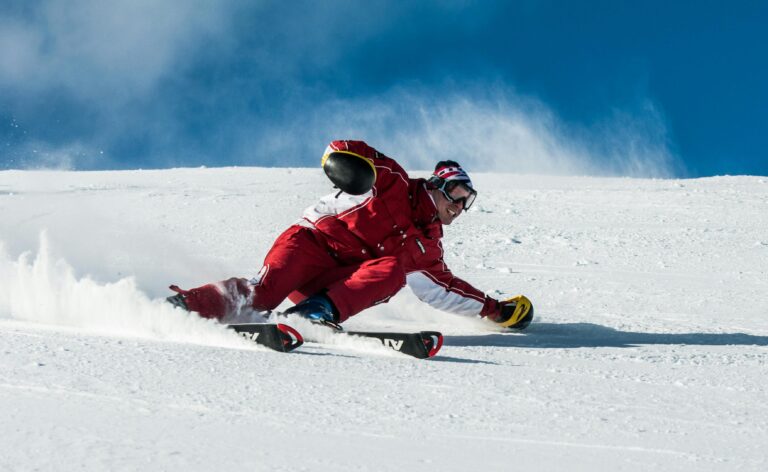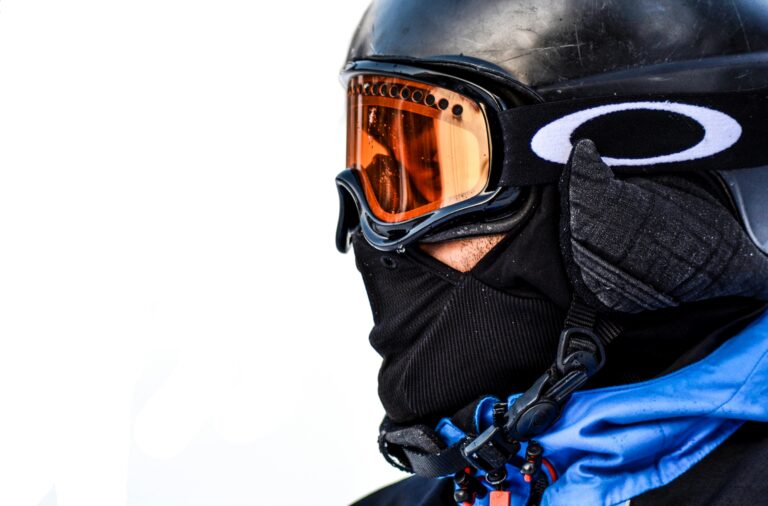Ski wax comes in various formulations, each catering to specific snow conditions and skiing styles. The main types include glide wax, grip wax, and fluorinated wax, each with unique benefits. Choosing the right wax can improve your performance significantly and enhance your overall skiing experience.
Imagine you’re standing at the bottom of a snowy mountain, adrenaline pumping, ready to hit the slopes. But before you push off, have you thought about your ski wax? Picking the right wax is almost as crucial as picking the right skis. It can make a huge difference in how smoothly you glide or how well you grip the snow. Whether you’re just out for fun or chasing speed, understanding ski wax can really up your game.
Types of Ski Wax

- Glide Wax: Think of this as the turbocharger for your skis. It smooths the surface to cut friction, helping you zip downhill faster. Just match it to the snow temperature and watch your speed take off.
- Grip Wax: If you’re into cross-country skiing, grip wax is your best friend. It sticks under the middle of your ski, giving you the traction you need to power up hills. Just keep an eye on snow conditions; the wrong wax can turn your climb into a slog.
- Fluorinated Wax: Packed with fluorochemicals, this wax is a performance booster, especially in wet or variable snow. The catch? It’s pricier and raises some environmental concerns, so use it thoughtfully.
- Universal Wax: New to skiing or just want a reliable all-rounder? Universal wax delivers decent glide and grip, making it a handy default choice for many conditions.
- Temperature-Specific Wax: If you like dialing in every detail, these waxes match snow temperature precisely. They squeeze out every bit of performance depending on what Mother Nature throws at you.
- Base Wax: Think of this as your ski’s skincare routine. It conditions the base, setting the stage for other waxes without aiming for instant speed or grip.
Compare Ski Waxes:
| Wax Type | Purpose | Usage | Advantages |
|---|---|---|---|
| Glide Wax | Speed enhancement | Downhill skiing | Fast, smooth glide |
| Grip Wax | Traction for climbing | Cross-country skiing | Supports uphill movement |
| Fluorinated Wax | Water resistance | Competitive skiing | Performs exceptionally in wet snow |
| Universal Wax | Varied conditions | Suitable for all skiing types | Good all-rounder and convenient |
| Temperature-Specific Wax | Fine-tuning | Adapted to specific conditions | Tailored for optimum performance |
| Base Wax | Ski maintenance | Preparation for other waxes | Extends ski lifespan |
What Sets Them Apart?
Glide wax is your ticket to faster downhill busts, while grip wax is all about sticking the uphill battle. Choosing between fluorinated and non-fluorinated wax also means weighing performance against environmental impact. More skiers are thinking green — it’s worth paying attention to what your wax leaves behind.
Pro Tips
Tim Thompson, a ski industry expert, says, “A good waxing job can boost your glide by over 10% on a well-maintained ski.” That’s no small detail. The right wax, applied correctly, can flip a so-so ski day into a memorable one.
Feeling overwhelmed? Just consider how and where you ski, plus the forecast. That’s usually all you need to pick a wax that’ll make you feel unstoppable, whether you’re flying down or grinding up the trail.
For more on matching wax to your style, check out our deeper dive: Understanding Different Types of Ski Wax.
Think About the Planet
Fluorinated wax works wonders, especially in wet snow, but it comes with an environmental price tag. The good news? New synthetic waxes are stepping up as greener alternatives without compromising results.
If you care about skiing sustainably, aim for non-fluorinated waxes. You can learn more about eco-friendly options from the National Ski Areas Association.
Keep Your Skis Happy
This is key: taking care of your skis means your wax lasts longer and works better. After a day out, do a quick check for dry spots or color changes on your bases—that’s a flag telling you to wax again. Also, if your glide starts feeling sluggish, it’s probably time.
Try to wax every 3 to 5 skiing days, especially if you hit the slopes often. For a how-to and why-it-matters guide, check out How to Wax & Tune Skis: Why You Need Them.
No matter if you’re cruising fresh powder or slicing through icy bits, the right wax changes everything. For gear care tips and more about wax versus conditions, read How to Extend Your Skis’ Lifespan.
Don’t let the wax choices dazzle you. With a little knowledge, you’ll sharpen your skills and make every run better. Strap in, pick your wax wisely, and enjoy!
For those who learn better by watching, here are two killer videos on waxing techniques to get you started:
And here’s one more you don’t want to miss:
Now grab your gear, get wax-smart, and go crush those slopes!




